4 Tips For Stocking Bonefish Flies
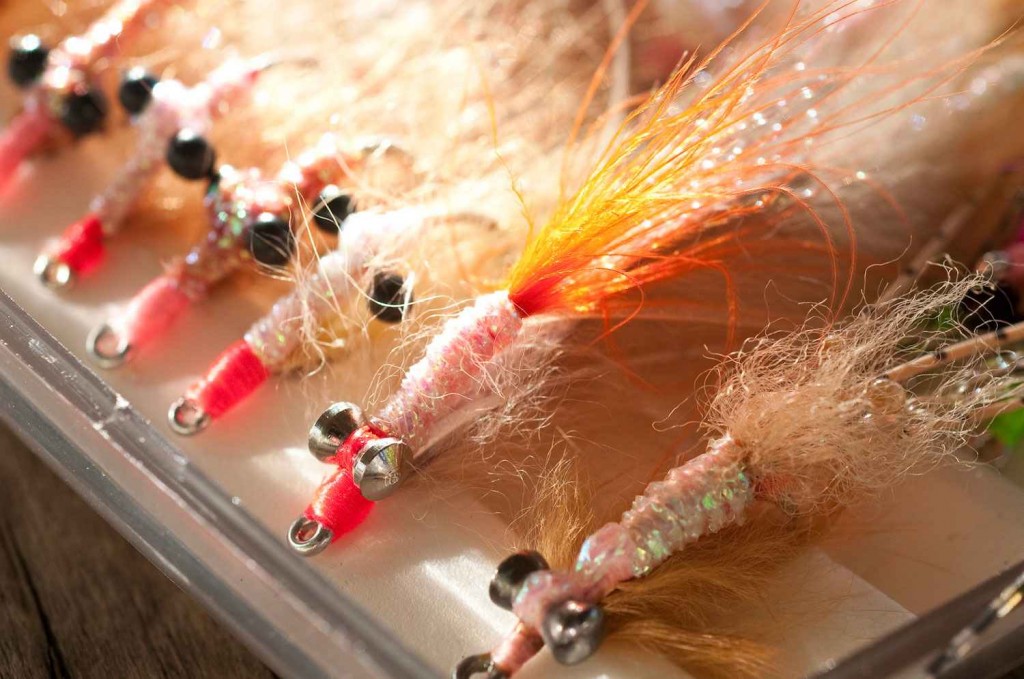
By Kent Klewein
If you’re planning your first bonefish adventure it’s really important that you stock your saltwater fly box with a well rounded selection of fly patterns.
Although bonefish aren’t known for being super selective feeders, stocking the right flies and knowing which pattern to fish in different situations can make a big difference in your success on the water. By far the most important element in bonefishing is fly presentation. Without that, you’re going to miss a lot of shots. Putting that aspect aside with the notion that you understand basic bonefish presentation, let’s talk about some tips for purchasing and tying bonefish flies for your upcoming bonefish trip.
Tip # 1 – Bonefish Flies Should Ride Hook Point Up
Because the mouths of bonefish are located on the bottom of the head and they generally feed down on their prey in most cases, it’s very important that you purchase or tie bonefish flies that ride hook point up when possible. Fishing flies that ride hook point up can increase your hookup rate when bonefish eat, and it will also help to naturally cut down on your flies from snagging on the bottom during the retrieve. Gaze your eyes into a veterans bonefish fly box and you’ll find that most of the fly patterns are tied hook point up, but walk into a store that sells saltwater fly patterns and you’ll be amazed how many fly patterns aren’t tied this way. When you have the choice to tie or purchase your bonefish flies hook point up, I recommend you do so.
Tip # 2 – Bonefish Flies Need to Have Good Movement
Using fly tying materials that have good movement in the water for your bonefish flies is a another way to help you find success. Rabbit strips, marabou, craft fur, and rubber legs are all good examples of tying materials that come to life in the water. I stated before that most bonefish aren’t picky, the key word here is most, but in some situations having a little extra life-like movement in your flies can make a big difference. For instance, a large school of bonefish are going to be less picky on fly pattern choice with competition for food on their minds than a solo bonefish swimming across the flats. Tying or buying bonefish flies that incorporate tying materials that breath well in the water should still provide subtle movement in the water even when you’re not retrieving your flies.
Tip # 3 – Tie Your Favorite Bonefish Flies in Different Weights
All bonefish flats and fishing conditions/situations you’ll encounter in saltwater will not be the same. At times, fishing a bonefish fly that’s weighted correctly and specifically for the water and conditions your fishing can be critical for success. Let’s say you’re fishing an area with
How Fly-Fishing Could Actually Make America Great Again

Could fly-fishing be the answer to America’s divisive politics?
I have a hard and fast rule concerning politics on G&G. There’s no place for it. I have never discussed my political views here and I’m not going to start now. I am, however, going to look at how we Americans discuss politics.
Just before the holidays, I took a trip to Louisiana for a little red fishing with a group of friends, including Joel Dickey. We had absolutely awful weather and with one day too bad to fish, and a long car ride on each end of the trip, Joel and I had plenty of time to talk. Politics were inevitable.
The first thing you have to understand about Joel and me is that we are as completely different as any two people you will ever meet. It’s safe to say that, fly fishing aside, the only things we have in common are that we are both highly opinionated and neither of us is very good at walking away from a fight. With our political views being diametrically opposed, an eight-hour car trip could easily be a disaster.
I have been politically involved since before I could vote.
The healthy function of democracy has always interested me and I have always considered it my responsibility to be informed and active in the process. For most of my life that has been an outlook which had been respected. That is to say that keeping up with politics and discussing it civilly with others was an admirable thing. That seems to have all changed. I have never seen a time when Americans were so divided as they are today. So uncivil and blatantly disrespectful. Today, if you take an interest in politics, most people consider you an asshole. The only thing that’s “cool” is to be out of the process, and I can’t help but think that’s exactly what our politicians want.
In spite of our differences, and our having way too much time on our hands to explore them, the discussion between Joel and I never became uncivil. It never does. I’ve spent countless days on a boat with Joel talking about
Read More »Sunday Classic / The Sugar Foot
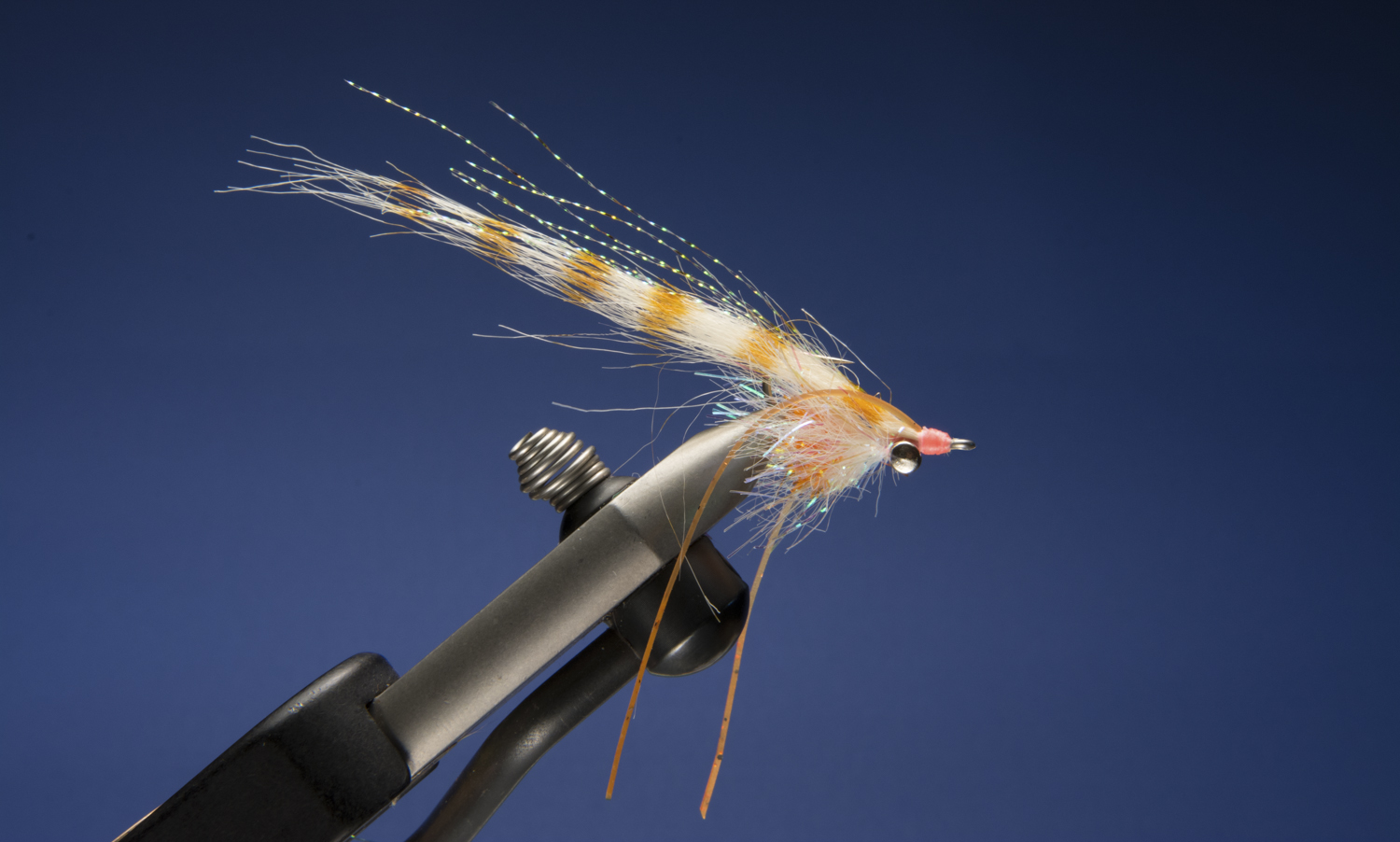
I SPEND AS MUCH TIME AS POSSIBLE WATCHING BONEFISH CHASE FLIES.
If you do it long enough you’re bound to learn something. In the average presentation you want to lead and cross a fish. Therefore, when the bonefish first sees your fly, he sees its profile. If he likes what he sees, he generally follows the fly for a while before he decides whether or not to eat it.
I wanted to create a fly that gave the bonefish an incentive to eat. I wanted a fly the would change its appearance as the fish pulled in behind it to follow. I wanted to give the fish a visual trigger to eat. The result of that effort (and a fair amount of rum) was the Sugar Foot.
This fly has a light flashy shrimp profile and great action. The body of the fly conceals a bright orange egg sack that becomes visible as the fish comes around from behind. Does it work? So well that I call it by the same name I call my wife.
Watch the video and learn to tie the Sugar Foot.
Read More »Saturday Shoutout / Fly Shop Strong
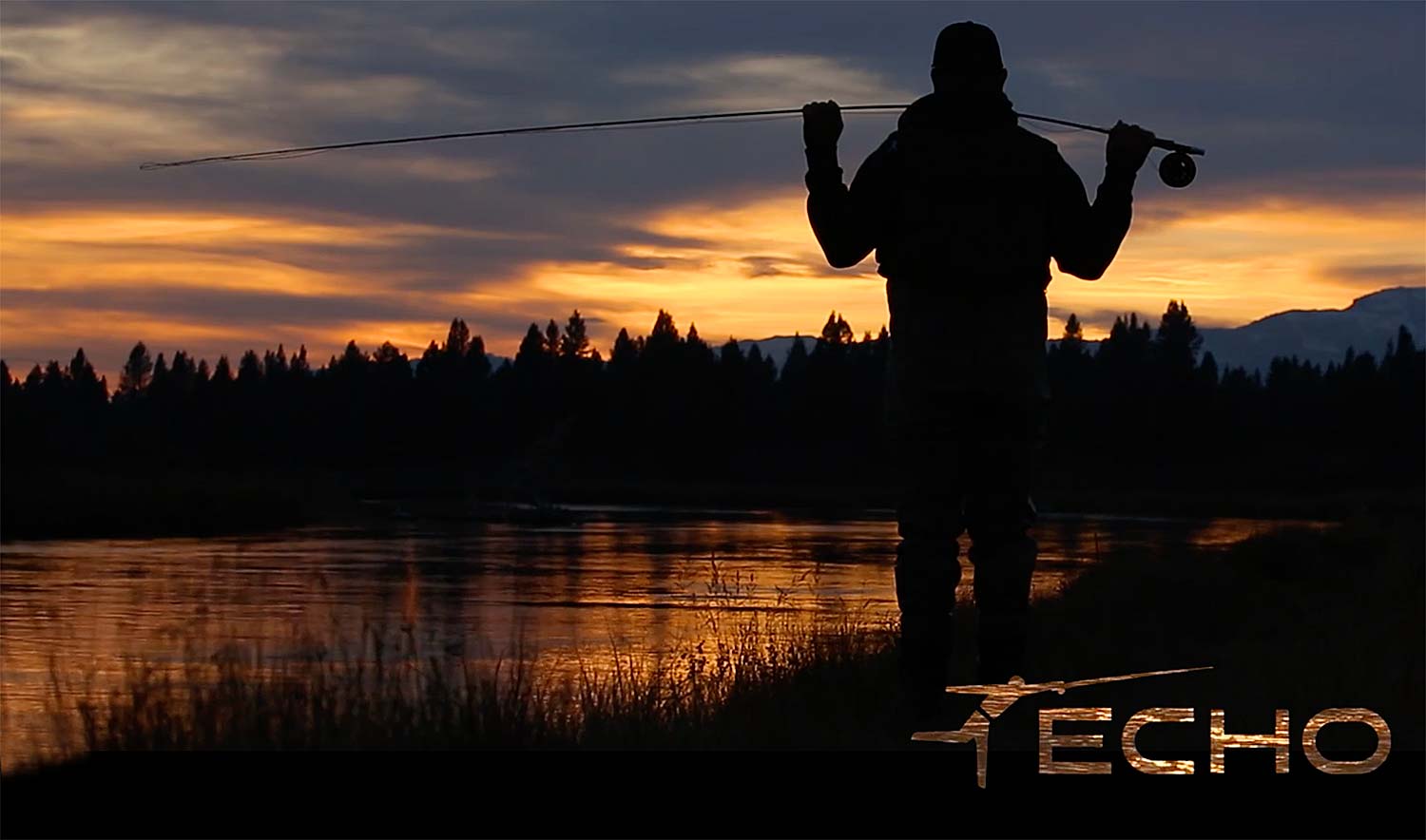
Where would fly-fishing be without fly shops and public land?
There are no words for how much I love this video from our friends at Echo. It’s a beautiful look at the state of Montana, it’s amazing public lands and it’s array of great fly shops. You’ll hear from some of the most influential folks in the sport on the importance of fly shops, the communities they create and the water they love.
Thank you Tim Rajeff and Echo for this great short film!
ENJOY, “FLY SHOP STRONG-MONTANA.”
Read More »Safe, Painless Hook Removal: Video!
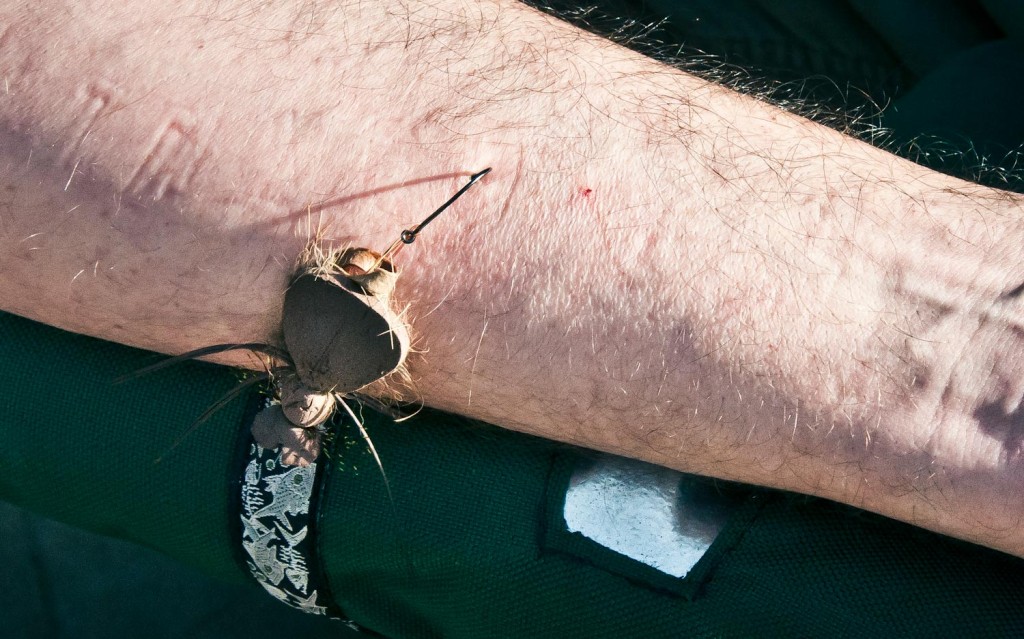
If you’ve been thinking, “I love Gink and Gasoline but I wish it could be more like Jackass”, then today is the day your dreams come true!
There are two kinds of fishermen. The ones who have hooked themselves and the ones who are about to. It’s a bad feeling the first time you put a big streamer hook in yourself past the barb. You feel pretty helpless if you don’t know how to handle it. I’ve done it many times and I’m here to tell you that there is an easy, and even painless, way to get that hook out. As a veteran guide Kent has had to do it plenty and he’s a master. He’s taken hooks out of clients without them even knowing it was done.
We’ve been wanting to do this video for some time. We kept waiting for one of us to get hooked but it hasn’t happened so on a recent float on the South Holston with the guys from Southern Culture on the Fly and Bent Rod Media I decided to take things in hand and hook myself so we could show you how to deal with it. I have to say, it was harder to get that hook in past the barb than I thought. If you listen closely you can hear Dave Grossman of SCOF almost lose his lunch.
So watch and learn and please, share the video with someone. I don’t want to do this again! Thanks to Dave and Steve of SCOF and Ryan Dunn of BRM and Appalachian Fly Guides for a great day of fishing and all the help with the video.
Read More »Hook Selection for Streamer Patterns
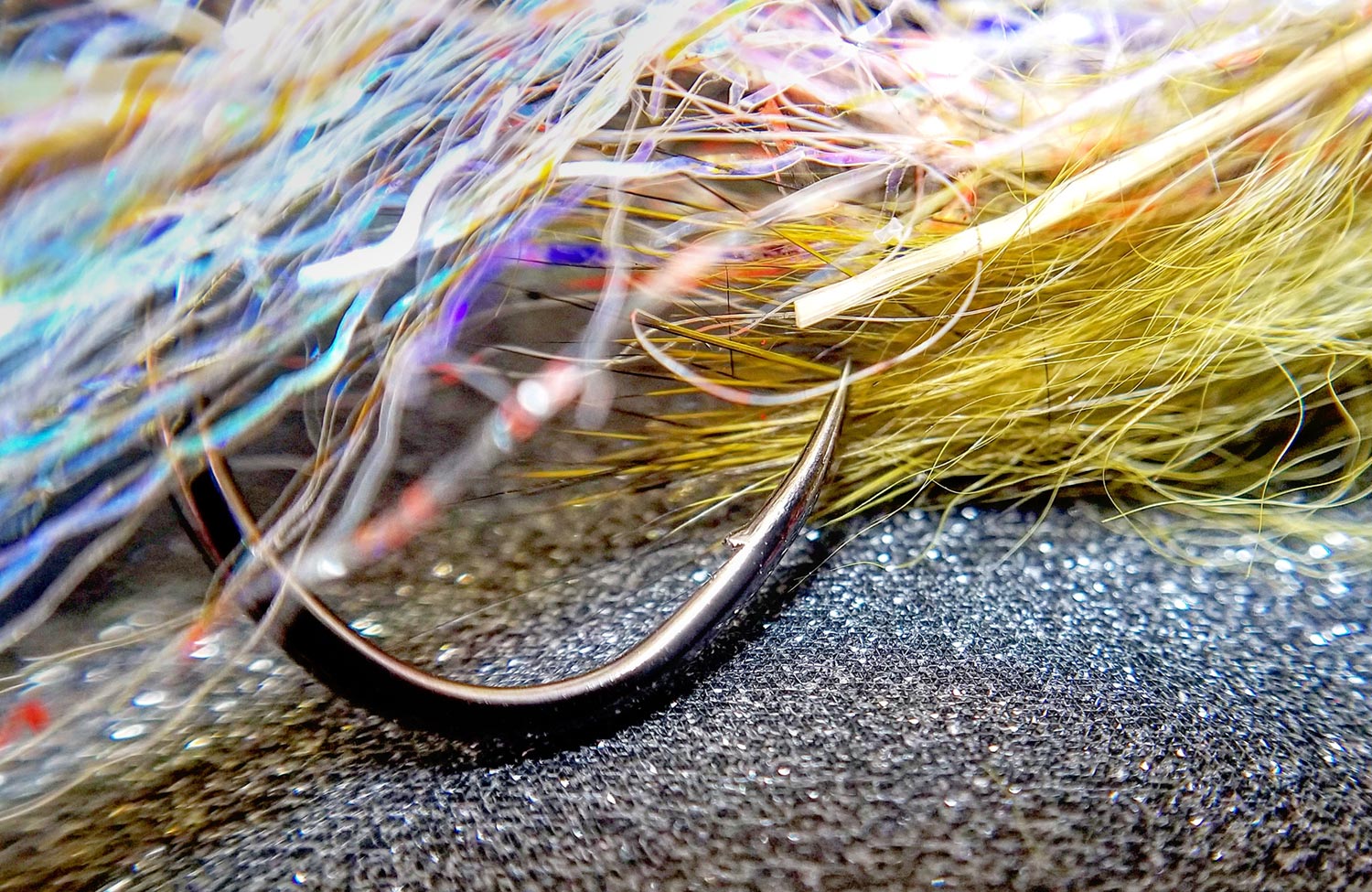
By Bob Reece
Big streamers on big hooks equal big fish. Yes and no. Selecting the most effective hook helps determine the difference between getting a take and netting that same fish.
Many traditional streamer patterns were constructed on hooks with long straight shanks. The added distance provided by 2, 3 and even 4x shanks was used to create the longer profile of the food item that was being imitated. When Zonkers, Matukas and other classic patterns were created this style of hook was the most common available option. Longer shanked hooks are still frequently used and can be highly effective. As with all styles of hooks, do your research; they are not all created equally.
Hooks with shorter shanks require different material approaches to create the elongated profile of the larger prey items that streamers imitate. While this often brings about an adjustment in tying methods, it also helps to increase the odds of trout-to-net success. Shorter shanked hooks reduce the amount of leverage that can be applied by the fish. This is extremely beneficial when playing robust trout that streamers can produce. This reduction in leverage simultaneously decreases the chance of the hook being thrown lose by the fish.
In addition to hook length, the hook point angle should be taken into account when selecting hooks. Those that display an upturned or sideways canted point hold fish more effectively than hooks with points that run parallel to the hook shank. I state this difference in conjunction with the assumption that the streamer hook is barbless of has had its barb compressed. Large streamer hooks have large barbs and can inflict serious damage to trout. If you’re goal is to catch and release, please take the time to crimp your barbs or fish barbless models.
Another important factor in this equation is hook point diameter.
This element, if over looked, can drastically alter the effectiveness of a pattern.
Read More »8 Common Fly Line Mending Mistakes
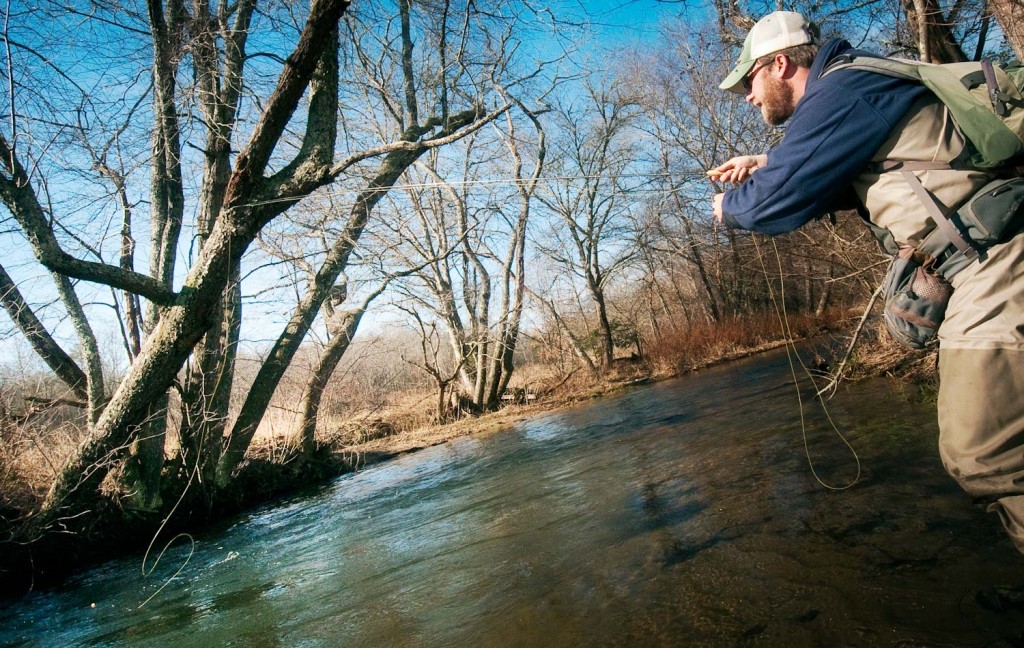
I spend the majority of my time teaching fly casting when guiding my clients, but the art of mending fly line is a close second. A perfect cast can quickly become obsolete if you don’t understand the concept of mending fly line. When mending is timed correctly and executed properly it allows fly anglers to maintain a drag-free presentation, keep their fly in the target zone, and prolong the length of their drift. Developing good mending technique my friends, translates into more fish being hooked and landed. If you’re lucky enough to already have the basics of fly casting down, I highly encourage you to next focus your time on understanding and mastering the mechanics of mending fly line. Throughout this post I’m going to try to touch base on the most popular mending mistakes I see on the river, but before I do so, here’s an intriguing question for everyone. Why is it, that fly anglers seem to always get their left and right mixed up when mending fly line? It happens to me guiding all the time. I’ll instruct my client to mend to the left and they’ll do the opposite, by mending to the right. One of the most common four word phrases out of my mouth is, “no, your other left”. This will probably hit home with more guides than anglers but I had to bring it up, since we all do it. I’ve tried using upstream and downstream for instructing mending direction, but that seems to be even more confusing. That being said, here are the most common mending mistakes I see on the river. 1. Anglers Wait Too Long to Mend Everyone deserves props when a perfect cast is made, but don’t make the mistake of admiring it, and forget to follow it up with … Continue reading
Read More »G&G Christmas On The Fly Contest Winner!
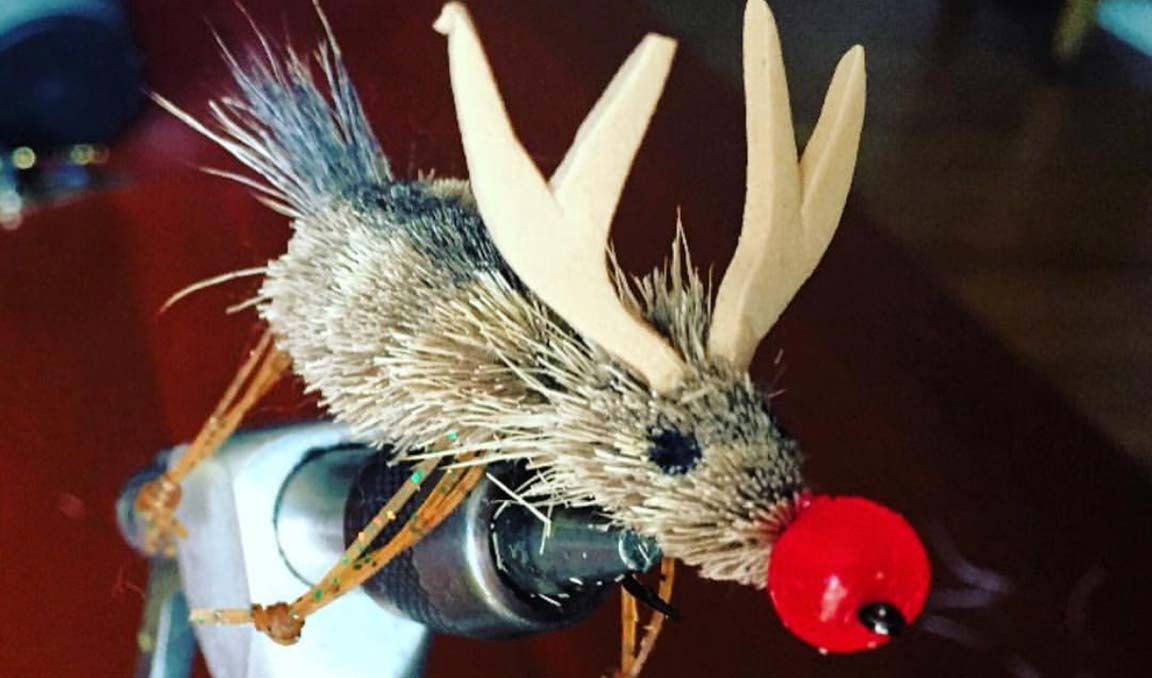
Thanks to everyone who participated in our “Christmas On The Fly” tying contest! We had some great submissions and, after narrowing it down, we have our winner! I think we saw just about every kind of Christmas décor used in some creative ways, but we were blown away by Alex Vaughan (alex_vaughan17), who not only tied two great Christmas patterns but caught fish on both! Great work Alex, congrats! We hope you enjoy all of the new gear that’s headed your way! You can even see a video of Alex tying his Elf on the Shelf Spoon and catching a fish here, https://www.facebook.com/fshookshots/videos/1951086951821547/ A big thanks to Simms, Orvis-Atlanta, Sight Line Provisions, Plan D Fishing, Rising Fishing Co., Cortland Line, Appalachian Furled Leader Co., Whiskey Leatherworks, and Nate Karnes Art for contributing gear and swag for this season’s fly tying contest! All of us here at G&G wish you and yours a very merry and fishy Christmas! Justin Pickett Gink & Gasoline www.ginkandgasoline.com hookups@ginkandgasoline.com Sign Up For Our Weekly Newsletter!
Read More »Sunday Classic / Rudolph The Red Nosed Key Deer
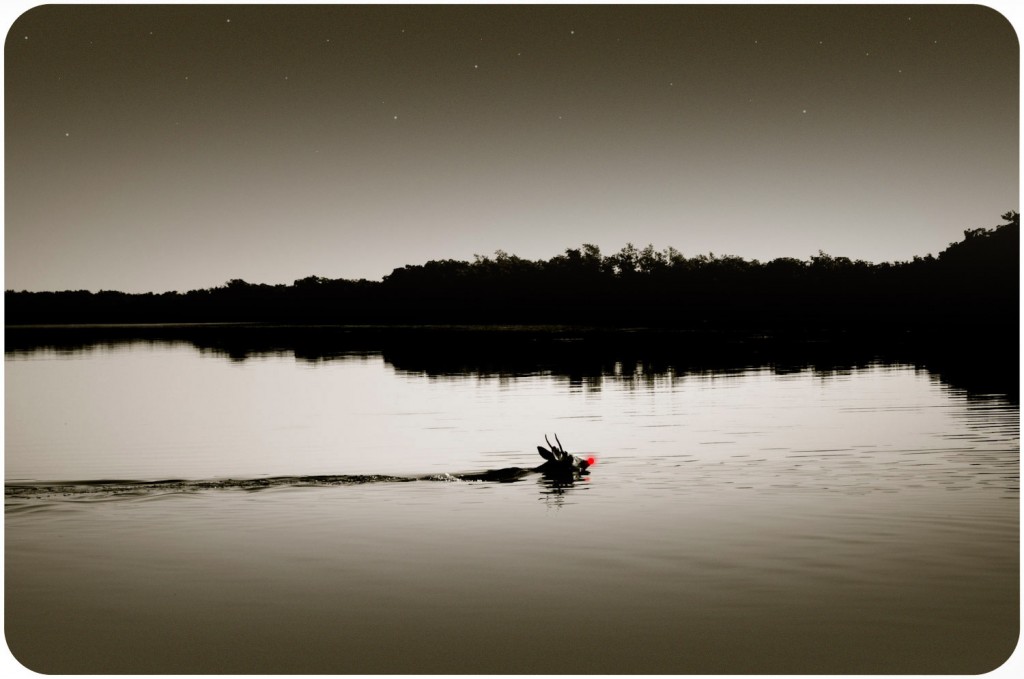
THIS PHOTO WAS CAPTURED EARLY THIS MORNING AFTER A FLYING KEY DEER MADE AN UNSCHEDULED LANDING IN BIG SPANISH CHANNEL.
It has been widely rumored that the little buck was aiming for Big Pine Key but missed due to too many holiday eggnogs. The deer was last seen swimming across the channel to Big Pine. We have no further information as the Big Pine Police Department will not return our calls.
Read More »Saturday Shoutout / #sendhanktheh3
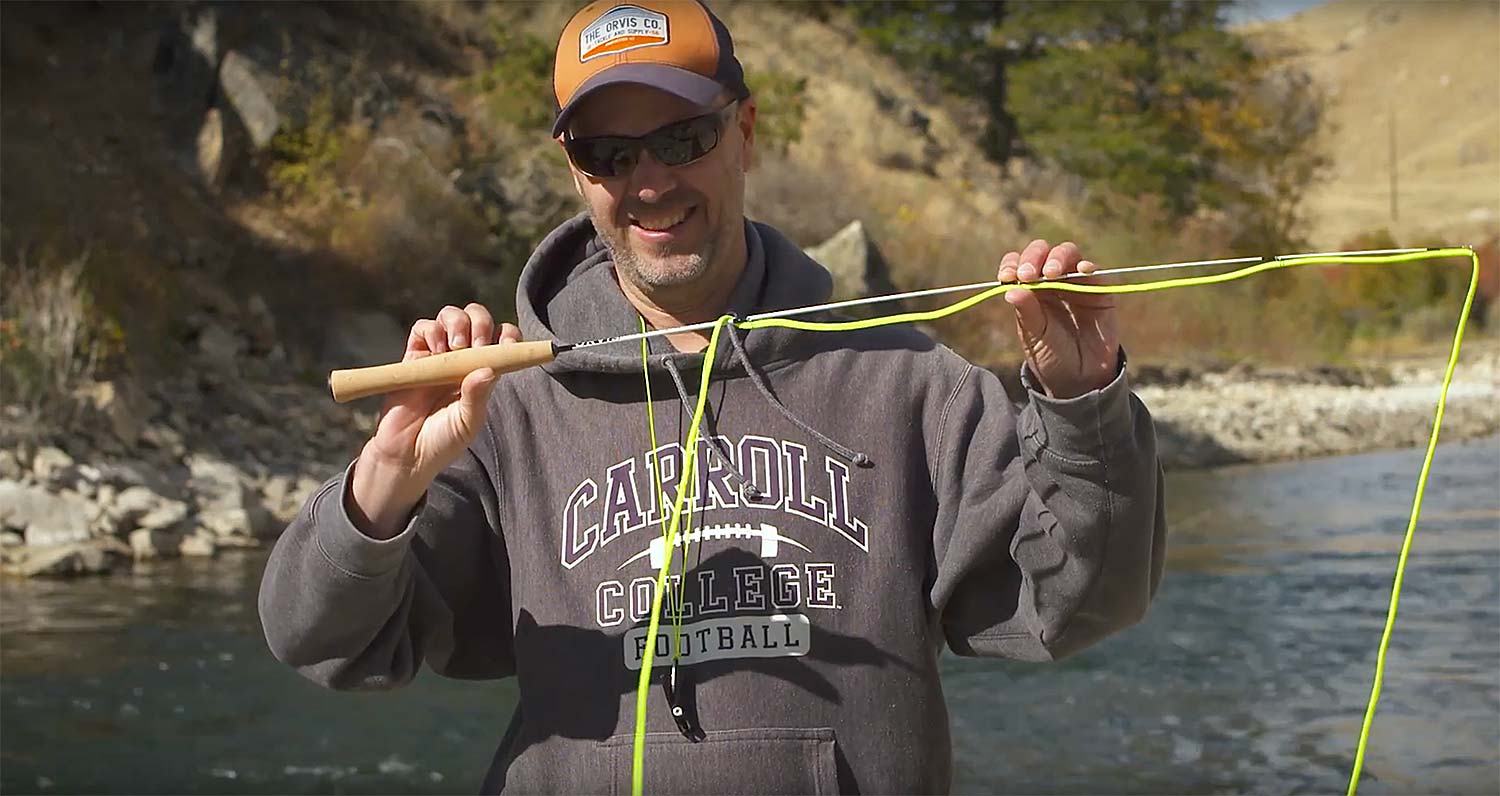
Hank Paterson, world renowned fly-fishing expert and guide.
Travis Swartz is the funniest guy in fly fishing. I’ve always loved the Hank Peterson videos and him new “product reviews” are just awesome. You’ll get where this is headed pretty quickly as Hank reviews the Orvis nippers and Preacticaster, and not the H3.
The other exciting thing happening in the Hankosphere is the new Amazon series “Hank Paterson’s Camp Hawgadawgadda.” That’s right, Hank has his own series on Amazon and you can watch it free with your prime membership.
CHECK OUT HANKS PRODUCT REVIEWS AND THE CAMP HAWGADAWGADDA TRAILER.
Read More »